Continuous infusion of vancomycin improved therapeutic levels

“This QI project demonstrated a successful transition from IIV to CIV with reduced time to achieve target vancomycin and an increased proportion of therapeutic levels” Round et al (2021).
Difficulty of peripheral venous cannulation during anesthesia induction in children

“The success rate of anesthesiologist-performed PIVA at the first attempt in the OR was 75.3%. Having a chronic disease, a DIVA score ⩾4 and being underweight appeared as the independent predictors for difficult PIVA” Keskin et al (2021).
Technique and complications of central access in children

“This article highlights standard locations for central venous access like cannulation of the internal jugular vein as well as novel alternatives such as the cannulation of the brachiocephalic vein” Schindler et al (2021).
Comparison of cannulation techniques for haemodialysis
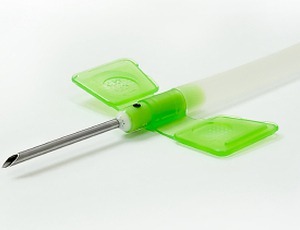
“Current evidence does not allow definitive conclusions as to whether buttonhole or rope ladder needling technique is superior” Fielding et al (2021).
Article describes the physics of ultrasound
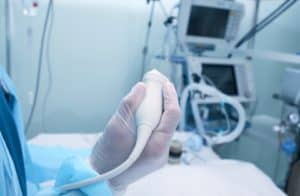
“Images obtained through ultrasound are often subject to artefact; the common artefacts encountered in clinical practice and difficulties imaging certain tissues are explained” Patey and Corcoran (2020).
Outcomes following IV crystalloid administration in trauma patients

“We sought to determine if receiving >1 L of IV crystalloid during the initial resuscitation is associated with worse outcomes” Zitek et al (2020).
Impact of specimen-diversion devices on blood culture contamination reduction
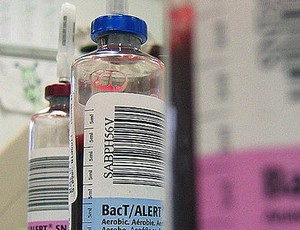
“The mean incidence of contaminated blood draws in the device B group was 0.23 (0.13-0.37) times the incidence of contaminated draws in the control group, suggesting that initial-diversion methods reduced blood culture contamination” Arenas et al (2021).
Role of ultrasound to confirm vascular access infections – Full Text

“It revealed a swinging vegetation adjacent to the tip of catheter, suggestive of a bacterial biofilm” Monteiro et al (2021).
Reducing peripheral intravenous catheter extravasation in neonates

“Our objective was to reduce total and severe peripheral intravenous extravasation (PIVE) incidence by 40% in our neonatal intensive care unit” Boyar and Galiczewski (2021).
Risk factors for adverse events in children receiving OPAT

“The purpose of this study was to quantify and identify risk factors for OPAT-associated AEs in children” Townsley et al (2021).
Automatic lancets for neonatal capillary heel blood sampling

“Use of automatic lancets for heel blood sampling helps reduce pain in neonates which is of critical importance” Merter and Bolişik (2020).
Vessel locating devices for peripheral IV insertion

“The objective for this study was to evaluate the utility of vessel locating devices for novice clinicians to select catheter insertion sites in the forearm” Higgins et al (2021).
Subcutaneous outpatient antimicrobial therapy – Full Text

“The increasing development of wearable, on-body subcutaneous delivery systems make OSCAT even more viable as they increase patient independence while avoiding line complications” Ferry et al (2020).
Intraosseous or peripheral IV access in pediatric cardiac arrest?

“The aim of this study was to assess the impact of the intravascular injection route on the return on spontaneous circulation” Recher et al (2021).
Best practice skin antisepsis for insertion of peripheral IV catheters

“ChloraPrep is the only skin antisepsis applicator licensed as a drug to disinfect skin and help prevent infections before invasive medical procedures” Clare and Rowley (2021).
Study reviews trends in needlestick and other sharps injuries

“This cohort study reviews trends in all needlestick and other sharps injuries among resident physicians” Ugonabo et al (2021).
Standard versus long peripheral IV catheters for intravenous therapy

“LPCs reduce catheter failure and total catheters in children. They should be considered as the first-line device for peripheral access in any child receiving prolonged IVT” Qin et al (2021).
Patient harm associated with serial phlebotomy and blood waste in ITU – Full Text

“Our objective was to quantify daily phlebotomy volume for ICU patients, including blood discarded as waste during vascular access, and evaluate the impact of phlebotomy volume on patient outcomes” Bodley et al (2021).
Retained port connectors after central venous port removal
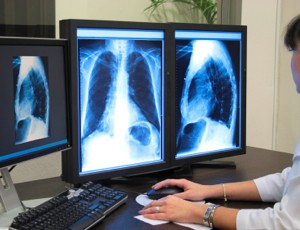
“We report three cases where the connector/sleeve, which helps fix the flexible catheter section to a port injection chamber, was inadvertently left in scar tissue during port removal” Bodenham et al (2021).
Complications of central venous access devices in oncology patients

“To describe how central venous access devices (CVADs) are utilized for ambulatory oncology patients and to evaluate the rate of complications” Akhtar and Lee (2021).
Procedural pain in hospitalized children in a Chinese children’s hospital

“This study sought to describe the frequency and pain intensity of procedures for medical care in hospitalized children in a Chinese children’s hospital” Chen et al (2020).
Study of short-term peripheral IV catheter-related bloodstream infection rates

“Our PIVCR BSI rates were higher than rates from more economically developed countries and were similar to those of countries with limited resources” Rosenthal et al (2021).
Vascular access outcomes while wearing PPE – Full Text

“This comprehensive meta-analysis suggests that the use of PPE significantly extends the duration of intravascular procedures” Drozd et al (2021).
CRBSI rate comparison between cuffed tunnelled and non-cuffed tunnelled PICC

“Tunnelled non-cuffed PICC is shown to be as effective if not better at reducing risk of CRBSI and providing longer catheter dwell time compared to cuffed PICC” Sze Yong et al (2021).
Simulation improves ultrasound-guided peripheral IV catheter insertion skills
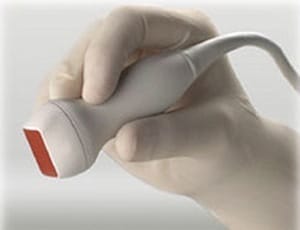
“This novel USGPIV SBML curriculum improves nurses’ insertion skills, self-confidence, and progresses patient care through USGPIV insertions on hospitalized patients with DIVA” Amick et al (2021).
Sterile compounding training and competency program

“This article is one of the 5 articles describing steps taken to enhance sterile compounding compliance at a large, multisite academic medical cente” Penzien et al (2020).
Radiotherapy and implantable venous access devices?

” TIVADs induce significant beam attenuation when using electrons, which can be overcome by using high-energy photons or by creating an exclusion zone in when HT is used” Laurans et al (2021).
Vascular access skills in Canadian medical education – Full Text

“Identifying the most crucial procedural skills is the first step in implementing a competency-based procedural skills training program for Canadian medical students” Battaglia et al (2020).
Echocardiographic landmark for optimal positioning of CVC tip

“We describe a case of SVC type SVASD, where the SVC-right pulmonary artery crossing point imaged on transesophageal echocardiography was used as an echocardiographic landmark for optimal positioning of the CVC tip” Varsha et al (2021).
Effect of tourniquet time on whole blood point-of-care lactate concentration
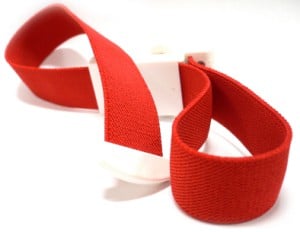
“In the present study tourniquet application for blood collection did not significantly increase lactate concentration” Chiew et al (2021).

